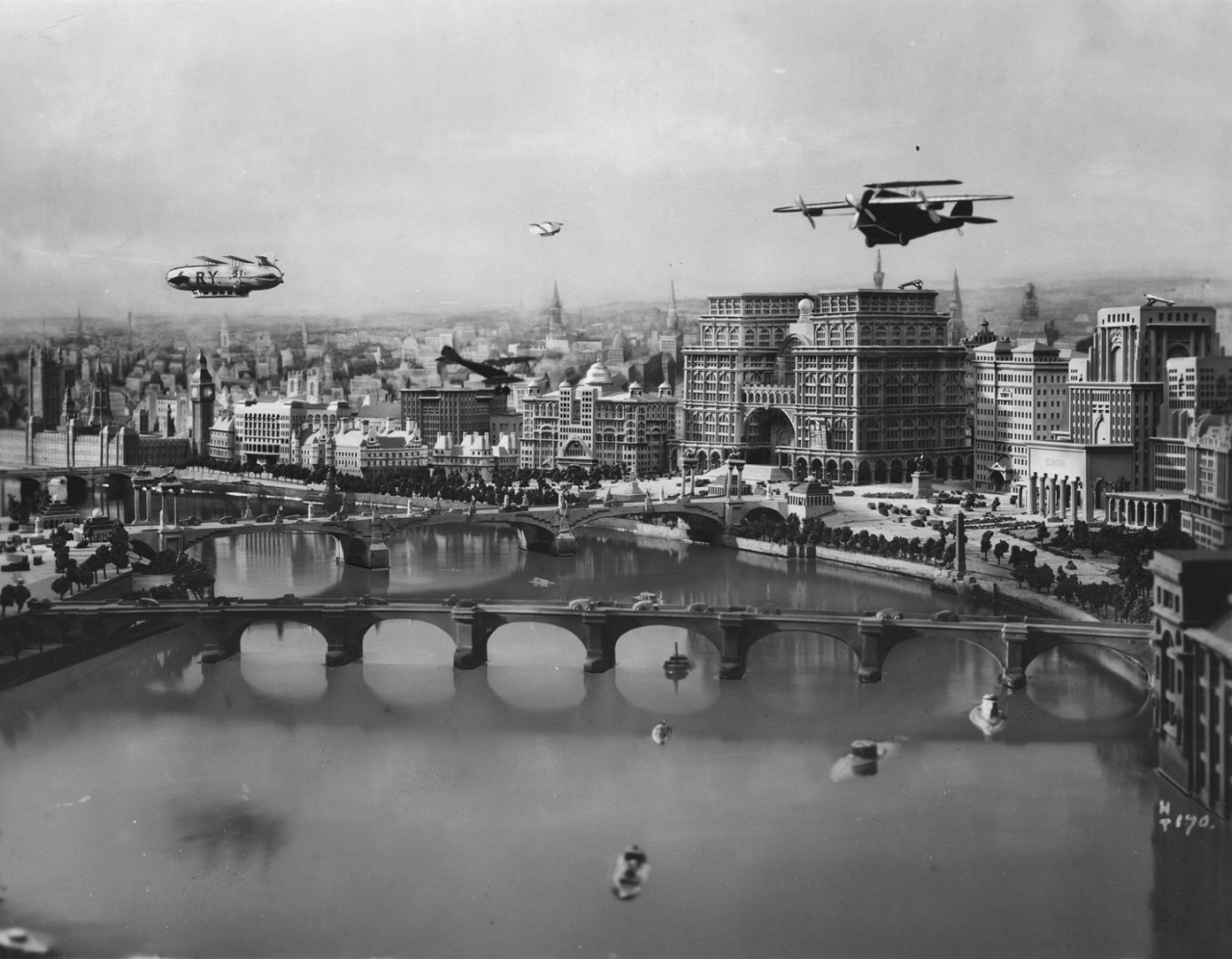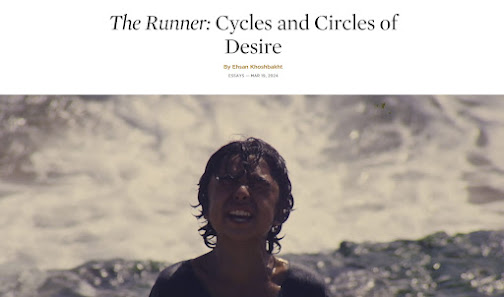 |
| High Treason |
Samantha Leroy, in charge of "la programmation et d’exploitation" at the Fondation Jérôme Seydoux-Pathé in Paris asked me to curate a season on architecture and silent cinema. This short essay was written to accompany my 40-film selection for a retrospective which was held in conjunction with an architecture exhibition, dedicated to Renzo Piano's magical design for the Fondation's building in the south of Paris. – Ehsan Khoshbakht
A love story of sorts, the relation between cinema and architecture. Architecture saw in the cinema what it had dreamed of for centuries: being equipped with eyes more penetrating and observant than those of human beings, a tool that could examine architecture from every possible angle and measure it in time. Cinema, in return, found incredible potential in architecture when architectural monuments and soon studio-built sets added attraction, realism, and drama to the movies.






.jpg)

.jpg)